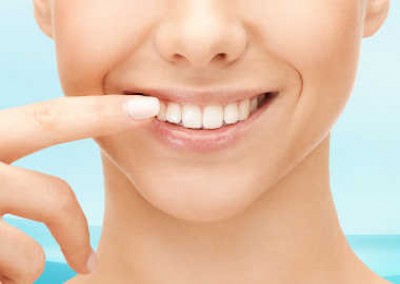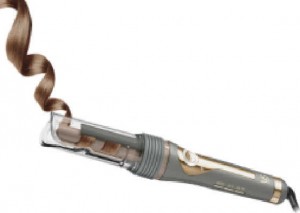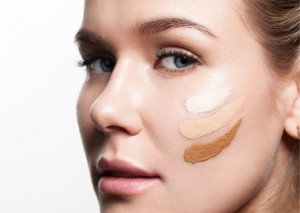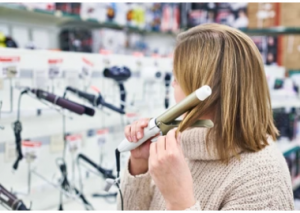
by BR Amelia
It pains me to write this. Really. Truly. Because I love glitter. Perhaps not as much as BR Tabatha or BR Kellie, but my appreciation for its reflective, shimmery, glitzy goodness is very real. However, as I continue my jouney as someone who wants to be more eco-conscious, I keep finding articles stating that all that glitters is not gold. So it led me to ask... what's the big problem with glitter? And is there an alternative for those of us who like some sparkle in their life?
The problem with glitter...
Aside from the fact that if you get glitter in your eye it can cause micro-tears that can lead to infection (but so can sand/dirt etc, so in that regard it's no more or less dangerous than anything else that can cause damage), glitter is one of those products that really isn't great for the environment.
In a nutshell our beloved tiny sparkles are bits of aluminium covered in plastic, making them micro-plastics. When washed off our faces or bodies these micro-plastics can make their way into our natural waterways. What's a little glitter in a waterway? Not only is it swallowed by marine life, which can lead to their health being endangered due to particles becoming trapped in stomachs, the glitter remains in the water for hundreds upon hundreds of years as it's not biodegradable. One study I read in Frontiers looked into the amount of micro-plastics on the ocean floor estimated 14 million tonnes of microplastic resided there. Now, to be fair, glitter would make up a tiny proportion of that 14 millions tonnes - but the bigger question for me is... If it's harming the environment and it's a want rather than a need, can't we just scrap it altogether, or find an alternative? Which leads me to...
What about biodegradable glitter?
While it's all well and good finding a more eco-friendly alternative, the problem with biodegradable glitter is that it's not a term that's regulated. So businesses can easily say a glitter product is biodegradable, but that simply means one day, maybe weeks, months, or even tens or hundreds of years from now, it will completely biodegrade - and that often depends on the conditions it finds itself in. Too cold? Not wet enough? Not enough oxygen? Good luck getting it to disappear.
This leaves two options: avoid glitter anything. OR, look for glitter that has been independently certified by companies like TUV Austria.
So, how do I avoid buying products that have glitter in them?
If it's not obviously a product containing glitter, then it's time to check out the ingredient list and keep an eye out for polyethylene terephthalate, sometimes written as PET glitter.
And if you're still not sure about those pretty shimmers - especially if they're saying that they're biodegradable but there's no official certification attached? Simply don't buy it.
The actual shocking truth...
For me, the shocking truth about glitter wasn't so much that it's a micro-plastic that's bad for the environment - I think anyone with even a hint of critical thinking can figure that out - but that the alternatives aren't necessarily that much better. Green-washing is real, and it's easy for a company to proclaim that their product is eco-friendly when in fact it is - but only kind of, or it's not at all but we're willing to take a company's word for it.
Overall, I think if you're goal is to do your best by the environment, skipping glitter is another small but good step you can take, along with recycling, paying attention to the packaging your products come in, as well as the ingredients found in said products. A small rethink on our glitter obsession could help to make bigger change in the future.
So, my lovelies, will you be rethinking your use of glitter? Were you already anti-glitter? Or are you committed to living your best glittery life? Chat below!












Honestly, glitter is not necessary so definitely won't be using it anymore. I had not idea what it did to the environment!